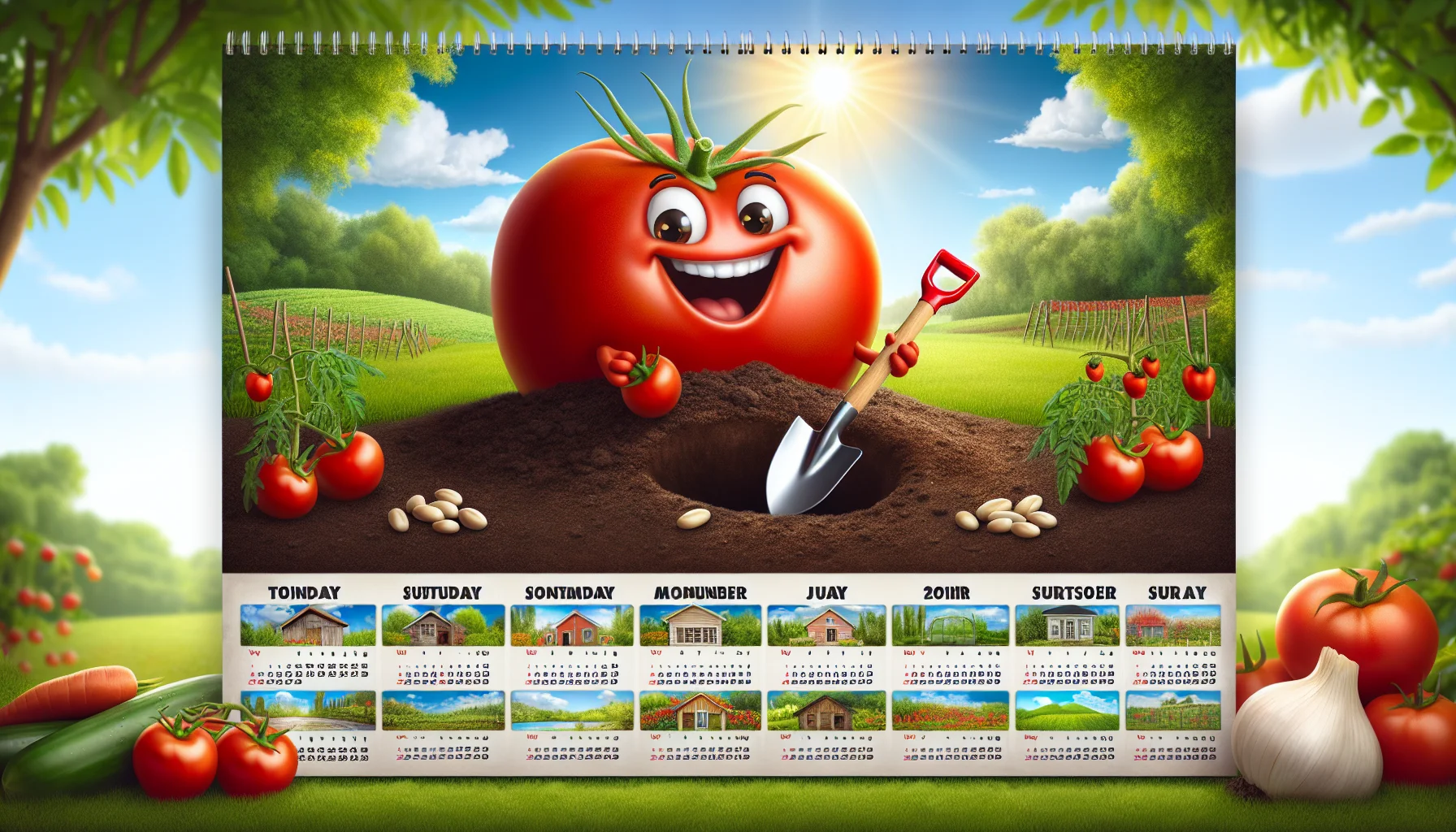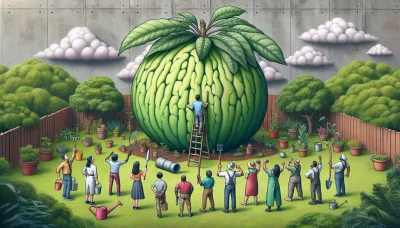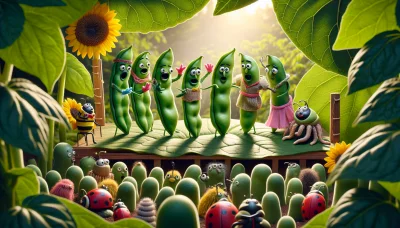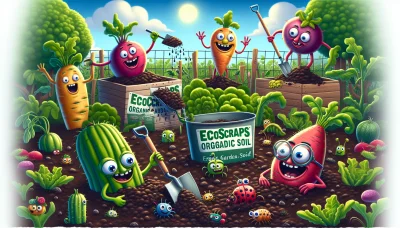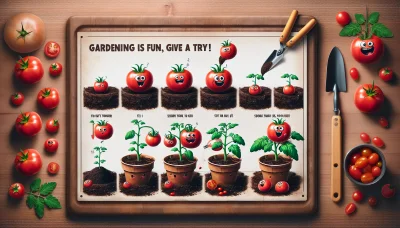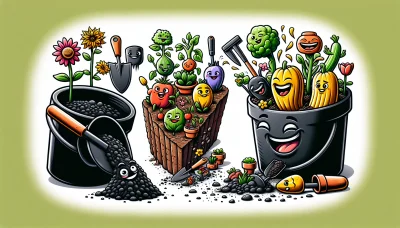When to plant tomato seeds Quiz
Test Your Knowledge
Question of
When to Plant Tomato Seeds: A Gardener's Guide
Timing is everything when it comes to planting tomato seeds. Knowing when to start your seeds indoors and when to transplant them outdoors is crucial for a successful harvest. The right timing depends on your local climate and the last expected frost date. Planting too early or too late can lead to poor germination, slow growth, or even plant death. This guide will help you understand the best times to start your tomato seeds to ensure a bountiful and delicious crop.
Understanding Your Growing Zone
Identifying your growing zone is a fundamental step for any gardener, especially when planning to plant tomato seeds. Your growing zone, also known as a hardiness zone, is determined by the average annual minimum winter temperature. This classification helps gardeners understand which plants are most likely to thrive in their location. To find your growing zone, you can consult the USDA Hardiness Zone Map or use an online tool that requires your zip code. Knowing your zone is crucial for determining the best planting time for tomato seeds, as it ensures that your plants are introduced into the garden at a time when they can grow without the threat of frost damage. This knowledge not only maximizes your garden's yield but also protects your investment of time and resources into your garden.
The Best Time to Plant Tomato Seeds Indoors
For gardeners looking to get a head start on the growing season, planting tomato seeds indoors is a crucial step. The optimal time to begin is 6 to 8 weeks before the last expected frost date in your area. This timing is essential as it allows the tomato plants enough time to grow strong and healthy before being transplanted outside. Starting seeds indoors not only gives your tomatoes a jump on the season but also provides an opportunity to control the growing environment, ensuring your plants are healthy and robust. Preparation includes selecting high-quality seeds, using a sterile seed starting mix, and ensuring adequate light and warmth for germination. By following these steps, gardeners can enjoy a bountiful harvest of tomatoes throughout the growing season.
Transplanting Tomato Seedlings Outdoors
Transplanting tomato seedlings outdoors is a crucial step for a successful harvest. The right time to move your seedlings outside is after the last frost date in your area, when nighttime temperatures consistently stay above 50°F (10°C). It's important to harden off the plants for about a week before transplanting to acclimate them to outdoor conditions. Choose a cloudy day or late afternoon to transplant, to reduce stress on the seedlings. Ensuring these conditions can help your tomato plants adjust smoothly to their new environment, promoting healthy growth and development.
Temperature Requirements for Tomato Plants
Tomato plants are sensitive to temperature, and understanding their needs is crucial for successful growth. One key aspect to consider is the soil temperature for planting seeds directly outdoors. For optimal germination, the soil must be consistently warm, ideally between 60°F to 70°F (15°C to 21°C). If the soil temperature is below this range, seeds may not germinate effectively, or their growth could be significantly slowed. It's important to wait until the danger of frost has passed and the soil has adequately warmed in the spring before planting tomato seeds outdoors. Using a soil thermometer can help gardeners identify the perfect planting time to ensure the best start for their tomato plants.
Tips for Successful Tomato Seed Planting
- Soil Preparation: Start with a high-quality seed starting mix. Ensure it is well-aerated and has good drainage to prevent waterlogging, which can harm the seeds.
- Watering: Keep the soil consistently moist but not waterlogged. Use a spray bottle to gently water the seeds to avoid disturbing them with a strong water flow.
- Sunlight Requirements: Tomato seeds require plenty of light to germinate successfully. Place them in a sunny spot or use grow lights for 14-16 hours a day to mimic the sun's natural rays.
Common Mistakes to Avoid When Planting Tomato Seeds
When planting tomato seeds, gardeners often encounter several common pitfalls that can hinder the growth and yield of their plants. One frequent mistake is planting the seeds too early, either before the last frost has passed or when soil temperatures are still too cool for germination. To avoid this, ensure you're planting seeds after the danger of frost has passed and the soil has warmed sufficiently. Overcrowding is another issue, as it can lead to poor air circulation and increased competition for nutrients and water. Space your seeds or seedlings according to recommended distances to promote healthy growth. Additionally, neglecting to provide adequate light can result in leggy, weak seedlings. Tomato plants require plenty of sunlight to thrive, so ensure they receive at least 6 to 8 hours of direct sunlight daily. Lastly, inconsistent watering can stress plants, leading to poor root development and reduced fruit production. Aim for a regular watering schedule, keeping the soil consistently moist but not waterlogged. By avoiding these common mistakes, gardeners can look forward to a bountiful tomato harvest.
